Lithium ion batteries may just be the backbone of our energy future. As the world undergoes rapid energy transition, and adopts EVs, renewable energy and its storage, portable electronics as part of everyday life, so much depends on these batteries, their life cycles and their recyclability. Projections suggest that India’s EV market could be worth $110 billion by 2030. As battery use increases, there seems to be a crucial challenge that remains to be fully addressed: recycling.
As a recycler, we can state unequivocally that battery design is actually one of our primary challenges. Despite advances in recycling technologies, the upstream problem of battery design impacts scalability, safety and economics of the entire recycling industry.
Battery Design: Why & How
In India, most lithium batteries are imported or locally assembled using foreign designs. The designs aim to optimize energy density, cost, performance as is to be expected but they are not designed keeping end of life handling also as a priority. Therefore, batteries are nightmarishly complex, speaking as a recycler.
For example, in India, the dominant EV segment consists of two wheelers and three wheelers. The battery packs in these vehicles are packed tightly in welded aluminium, steel or plastic casings. Various sealants, epoxy are used to keep the pack secure and that makes it difficult to reach the cells, busbars, etc. inside without risking fire or damage.
An electric scooter battery pack may have 60 to 80 individual cells , packed and spot-welded. Disassembling a single pack may take an hour per unit and require trained technicians who have the knowledge and are authorized, to handle the batteries safely, as well as specialized tools.
In India we expect to retire 800,000 EV battery packs annually by 2030 and much of the dismantling is done at the scrap dealers’ end, by informal workers, adding a second layer of complexity when it comes to safe handling and resource recovery, down the line.
India’s Battery Recycling Industry
Today, India is said to generate roughly 70,000 tonnes of lithium battery waste annually. To recycle efficiently, battery recycling tech should be optimized for streamlined processes. Instead, we are stuck at the basics of tackling varied battery designs that resist dismantling and recycling at every stage.
Firstly, there is a lack of battery design standardisation. The cell chemistry may differ between LFP, NMC, LCO, forms may differ between pouch, cylindrical, prismatic, pack architectures differ and safety features as well. This means the recycler needs different dismantling protocols, treatment processes and safety precautions for each batch of feedstock (assuming they have a homogenized batch at least).
If one were to batch together cells of a certain chemistry and form factor as a batch of throughput, even then there may be an issue if the batteries have different manufacturers or use cases like phones vs powerbanks. The metal content in the cells will differ by manufacturers and thus impact the metal yield, further impacting predictability of metal recovery and economics. The variability means throughput itself is a hassle and drives up cost.
Potential Solutions
The Indian government recognizes the management of end of life batteries and has begun to take initial steps like the “Battery Waste Management Rules, 2022 to mandate producer responsibility for managing waste.
But the problems within recycling, especially the one of battery design, can be addressed at the cell manufacturer’s end if they adopt Design-for-Recycling (DfR) principles. If batteries are modular, easier to disassemble and use fewer toxic/ unrecoverable materials, the future of recycling may be different. India standardised LPG cylinders, LED bulbs through policy and industry alignment, battery packs may be worth exploring in a similar manner.
If every electric scooter used the same form factor or modular casing at the minimum, recycling costs would reduce significantly, increase safety during waste handling and help in material recovery at scale.
In conclusion, while transitioning to renewable energy and widespread adoption of batteries is a must, recycling cannot be an afterthought. It must be built into design and supply chain decisions. The entire battery ecosystem from cradle to grave (or rather back to cradle) contributes to India’s energy independence.
Design is not upstream engineering problem, it’s the key that can make recycling scalable, environmentally sustainable and enable maximum resource circularity. For India, which imports nearly 100% of its battery raw materials, designing for circularity is national strategy. To meet India’s 120 GWh of battery storage requirements, i.e. a mountain of raw material requirement, much of which could come from recycled sources. But the feedstock we receive must be designed for recovery. It all begins with better design.
The views and opinions expressed in this article are the author’s own, and do not necessarily reflect those held by pv magazine.
This content is protected by copyright and may not be reused. If you want to cooperate with us and would like to reuse some of our content, please contact: editors@pv-magazine.com.
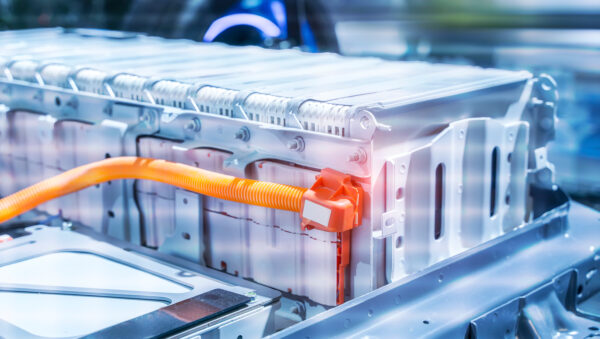
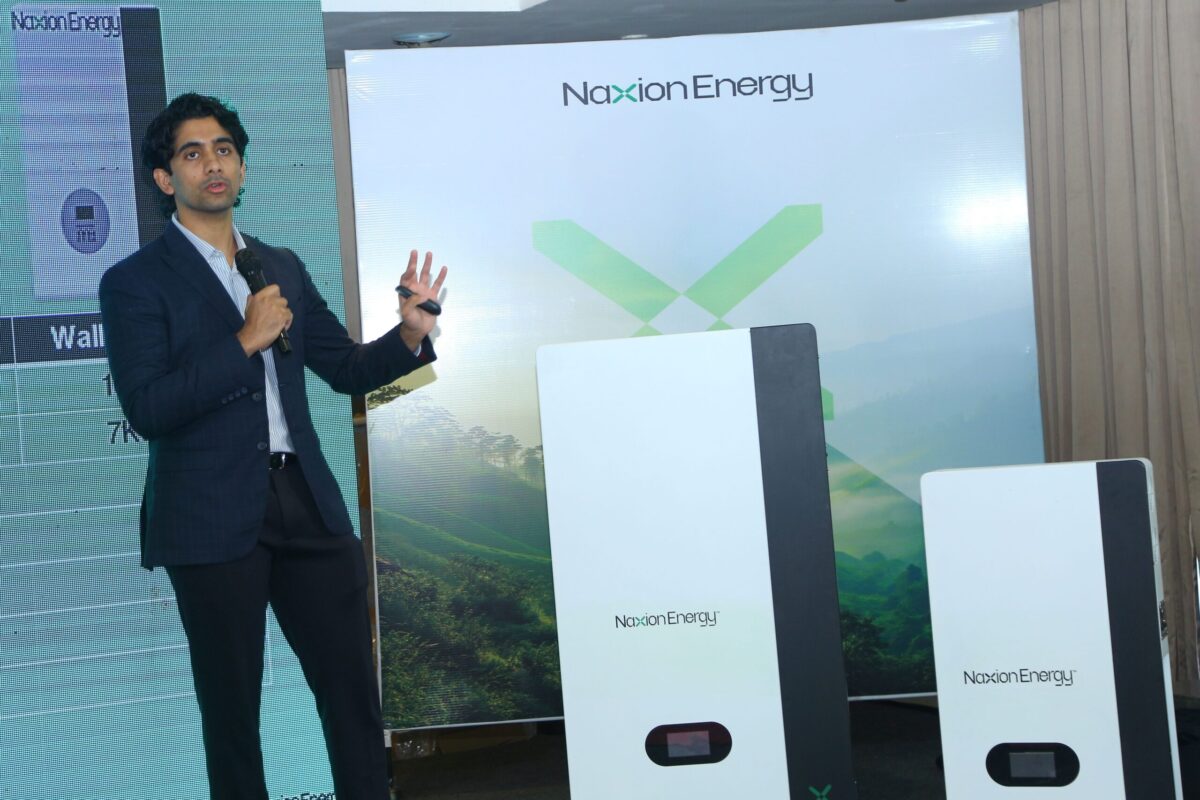

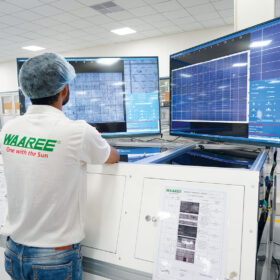
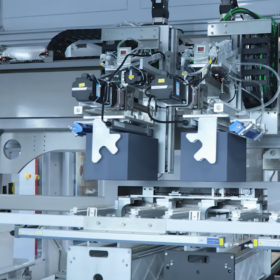
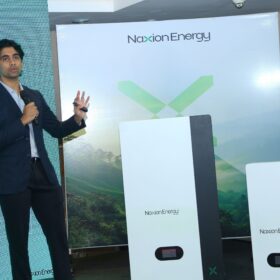

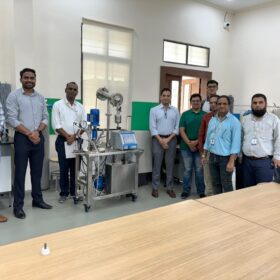
1 comment
By submitting this form you agree to pv magazine using your data for the purposes of publishing your comment.
Your personal data will only be disclosed or otherwise transmitted to third parties for the purposes of spam filtering or if this is necessary for technical maintenance of the website. Any other transfer to third parties will not take place unless this is justified on the basis of applicable data protection regulations or if pv magazine is legally obliged to do so.
You may revoke this consent at any time with effect for the future, in which case your personal data will be deleted immediately. Otherwise, your data will be deleted if pv magazine has processed your request or the purpose of data storage is fulfilled.
Further information on data privacy can be found in our Data Protection Policy.